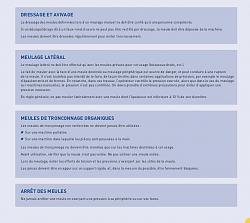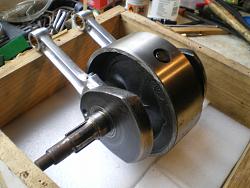OHHHH,,,OHHHHHHHHHHHHH OHHHHH OHHHHH OHHHHHHHHHHH!!!!!!!!!! (channeling sam kinison ) oh how could u us the SIDE of grinding wheel!!!!!!!!!!! how do i get OSHA to come and pay u a visit !!!!!! and then your state version of OSHA !!!!!!! i have NEVER in my 41 years of machining experience seen anyone use the side of a grinding wheel for anything...way too dangerous, a wheel breakage at 3200 rpm or even 1750 can really tear u up !!!!! ok rant done,, i have always used the proper face of grinding wheel to sharpen drill bits,and grind a thinning of the web if needed when drilling by hand,,too..i will however try your way sometime, but all of the drill bits i have bought or used have always had the regular point and work just fine,,i would like to know how long your split point does hold up ,do a test,, drill more of that plate steel till dull,without cutting oil, and let us know,,


 LinkBack URL
LinkBack URL About LinkBacks
About LinkBacks


 Reply With Quote
Reply With Quote






Bookmarks